Best Compact Camera For Low Light
The best low-light cameras in 2021
Included in this guide:
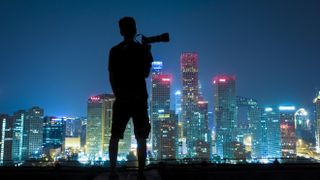
Want to find the best low-light camera for shooting at night or indoors? This guide will help you take you through the different choices, and find you the best one for you - and help you find that at the best price.
Low light continues to be one of the biggest challenges for camera manufacturers. If you're somebody that spends a lot of time taking pictures after dark, then you might want to consider a camera which has been specifically designed to tackle that subject. Although it might mean a trade off in some other area in performance, if a high proportion of your shots are taken in low light conditions, it can be worth it for the improved performance.
Picking the best camera for low light photography takes some extra thought compared to just thinking about the best mirrorless cameras, the best DSLR or the best compact camera. Often, those guides will give you an indication of the best overall camera, or the best all-rounder. For those who have a particular fondness for low light, it's worth thinking about the following features:
Sensor size, design and pixel count
Conventional wisdom tells us that the larger the sensor, the better equipped it is for low light. That's generally true on the whole, which is why you'll find a lot of full-frame cameras in our list. It's also worth considering models with a smaller sensor if you have another factor in mind, though - such as high portability. It's also worth thinking about the sensor design, too. Sensors which are backside illuminated tend to perform best in darker conditions. You also need to take into consideration the pixel count, too. Those with a smaller pixel count use larger pixels, which are generally more adept at light gathering.
Lens range
Most of the cameras here are interchangeable lens models. When that's the case, take a look at the lens range to determine how well suited the compatible optics are with low light. Sharp lenses, with wide apertures will be your best friend after dark, but it's also worth looking out for those with in built stabilization (especially if your camera doesn't have it). If you're looking at a fixed-lens camera, take a look at its widest aperture for a quick measure of its low-light capability.
Image stabilization
Many modern cameras boast in-body image stabilization which helps to keep your shots sharp in darker conditions. If you want to shoot handheld, or shoot at slow(ish) shutter speeds, having IBIS will come in extremely handy. Some cameras will instead rely on stabilisation coming from the lens, while others use both camera and lens stabilisation in tandem for extremely impressive results.
High ISO capabilities
The ISO capabilities of modern cameras is something which has noticeably improved over the years. Most modern cameras offer very high ISO speeds, so it's worth checking reviews to look for sample shots taken at those speeds to get a better idea of how clean or noise free those images are.
AF performance
This is an extremely important consideration, especially if you're photographing subjects which aren't static, such as musicians on stage. You'll need to think about things such as the type of autofocus system, how many AF points there are, and how sensitive those points are. Again, it's worth checking reviews to see how the reviewer found performance in dim conditions.
Remote control apps
Lots of modern cameras can be triggered from your smartphone. If you're mounting your camera on a tripod and are shooting low-light street and landscape scenes, this can be incredibly useful to avoid camera shake and to save you spending money on a remote release.
Read on to see our recommendations for the best cameras for low light photography…
The best low-light cameras in 2021
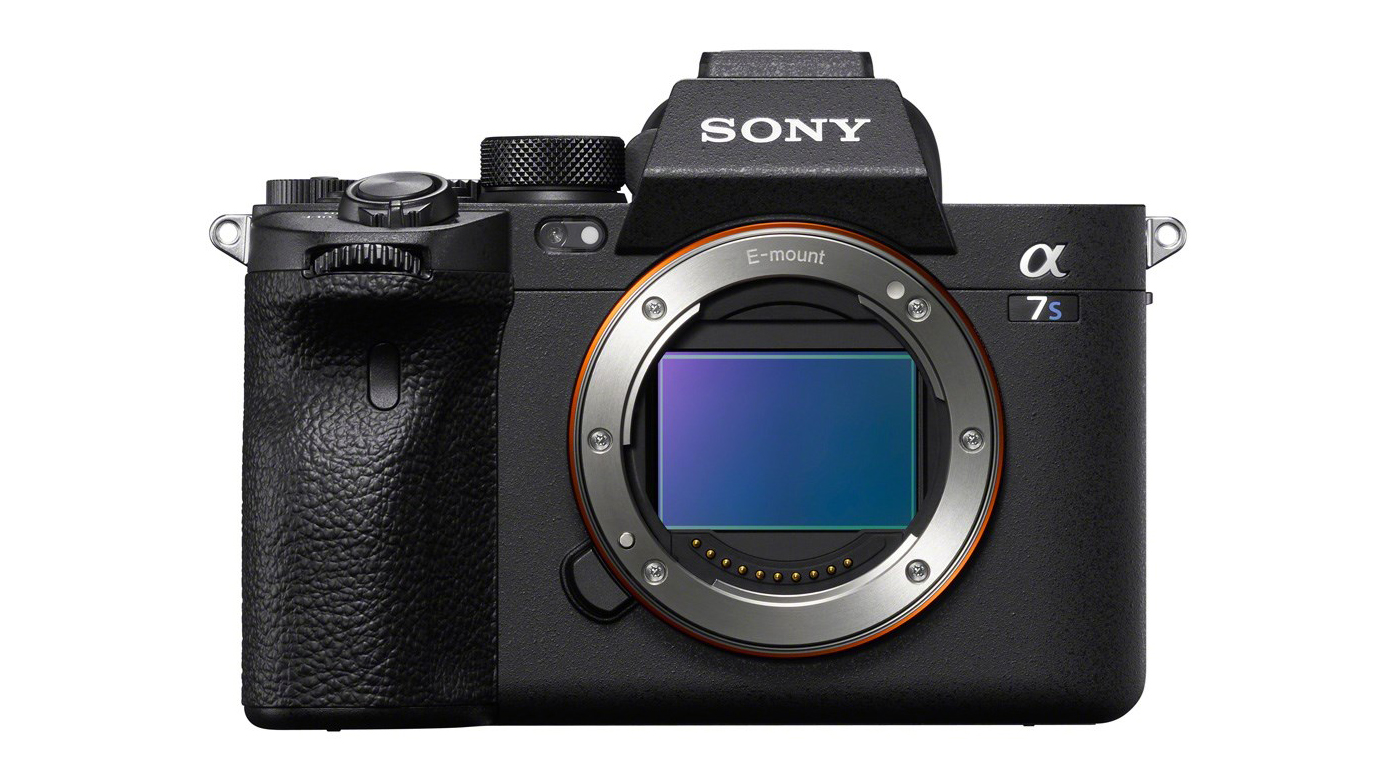
Best full-frame camera for low light video
Specifications
Type: Mirrorless
Sensor: Full-frame BSI CMOS
Megapixels: 12.1 AF Points: 759 phase, 425 contrast
AF type:: Hybrid
AF sensitivity: -6EV
Stabilization: 5-axis in-body sensor-shift, 5.5 stops compensation
ISO range: 80-102400 (40-409600 expandable)
Remote app: Yes
Reasons to buy
+Superb low light performance +Ideal for video +Great AF performance
Reasons to avoid
-Low pixel count -Pretty pricey -Not an all-rounder
With a low pixel count, this full-framer which sits in Sony's acclaimed A7 series is specifically designed with two types of users in mind - low light shooters and video creators.
The camera boasts superb image quality in the absence of light, with fantastic dynamic range and smooth image processing. The full-frame sensor is back side illuminated, and with relatively few pixels on such a large sensor, it's perfectly primed for dim conditions. Autofocusing is excellent, with AF being sensitive all the way down to -6EV. Image stabilisation puts in a good performance too, so you should be able to use it handheld in many situations.
There's a great range of compatible lenses now available for Sony full-frame cameras - particularly worth mentioning is the G-Master series, especially the prime (fixed length) options.
With a range of interesting video features, such as uncropped 4K video, 16-bit raw recording and a superb high-resolution viewfinder, for those who like to capture video in darker conditions will also be on to a winner here.
Although the Sony A7S III excels at low light and video, it's not hugely flexible if you're somebody who also shoots other types of scenes.
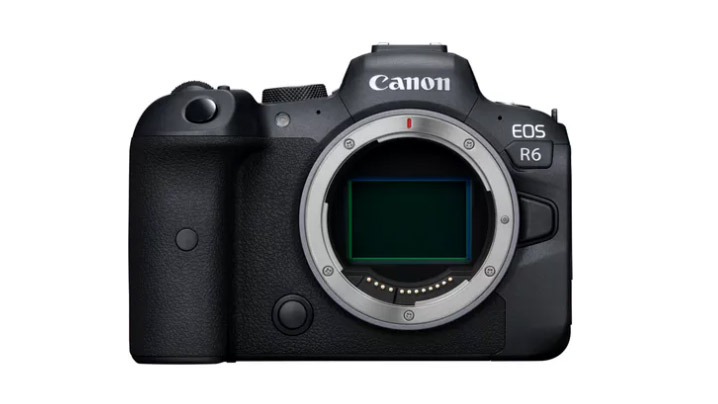
Best all-round camera for low light
Specifications
Type: Mirrorless
Sensor: Full-frame CMOS
Megapixels: 20.1 AF Points: 6072
AF type:: Dual Pixel CMOS AF II Phase Detection
AF sensitivity: -6.5EV
Stabilization: IBIS in conjunction with lens stabilisation, 8 stops compensation
ISO range: 100-102400 (50-204800 expandable)
Remote app: Yes
Reasons to buy
+Great all-rounder +Superb autofocus +Fantastic image stabilization
Reasons to avoid
-4K video problems -Limited lens range (for now)
This versatile full-frame mirrorless camera is adept at a range of shooting scenarios, but has a number of key features which make it particularly good at low light shooting.
First of all, Canon has kept the megapixel count to a modest 20.1 for this model, while it's class-leading image stabilization gives you up to eight stops of scope to work with - perfect for hand-held work.
Its superb autofocusing works well in a range of conditions, and being sensitive all the way down to -6.5EV also makes it one of the best for low light on the market.
Put all of this together and there's not a huge amount to dislike about the Canon EOS R6. But if we had to pick something, it's the fact that native EOS R lenses are not hugely in abundance just yet, but you do have the advantage of being able to use the camera with your DSLR glass via an adapter (where the IS system will also work together with any stabilized lenses).
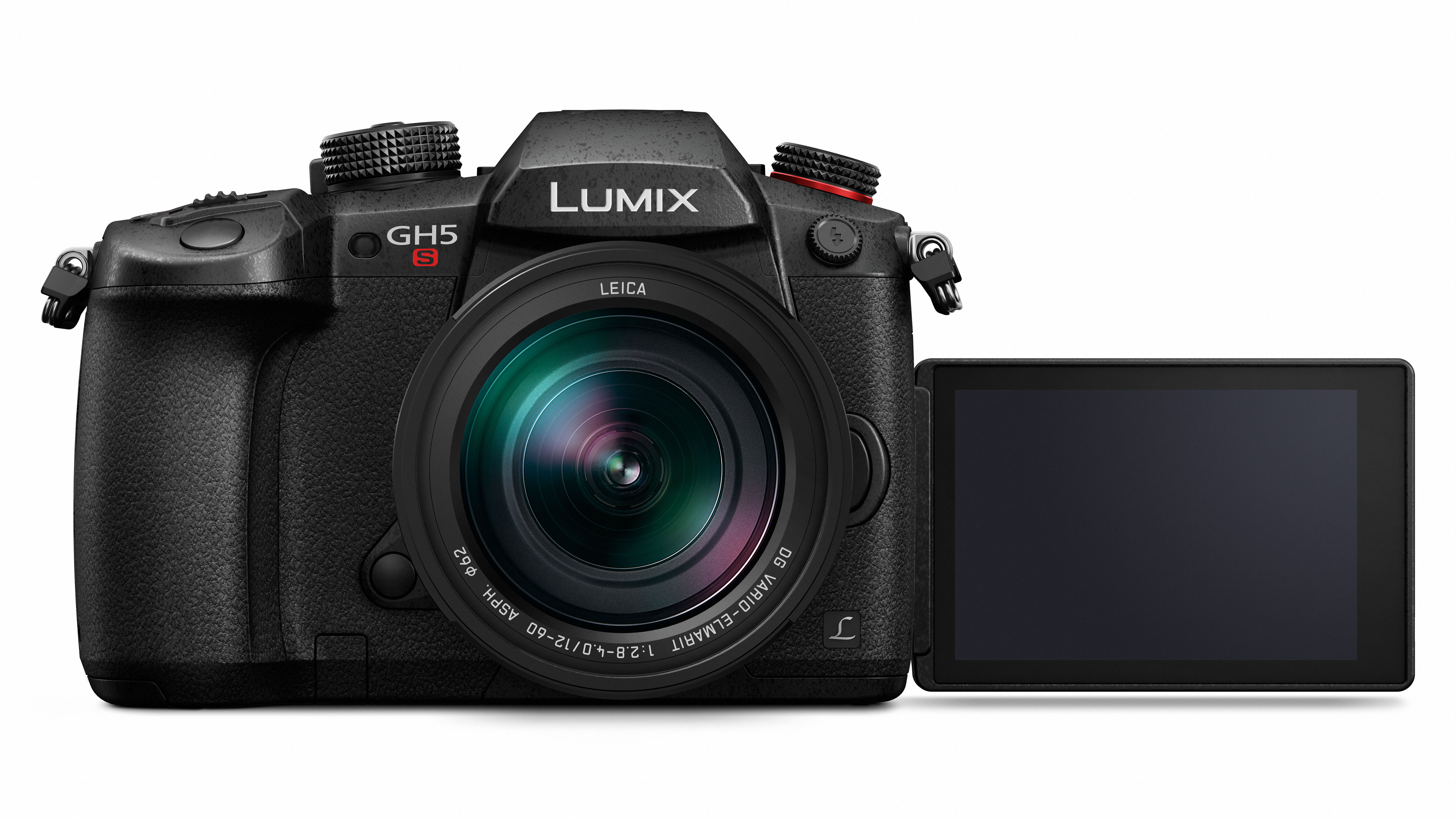
3. Panasonic GH5S
Best Micro Four Thirds camera for low light
Specifications
Type: Mirrorless
Sensor: Four Thirds Live MOS
Megapixels: 12 AF Points: 225
AF type:: Contrast Detect
AF sensitivity: -5EV
Stabilization: Lens Stabilisation Only
ISO range: 160 - 51200 (80-204800 extended)
Remote app: Yes
Reasons to buy
+Good handling +Excellent for video +Dual Native ISO
Reasons to avoid
-No in body image stabilization -Better suited to video shooters -Small sensor
Although this is another camera which is primarily targeted towards videographers, the fact that the Panasonic GH5S uses a low resolution sensor and includes features such as Dual Native ISO also makes it a good choice for low-light photographers. That's particularly true if your budget is tight, or you're already working within the Micro Four Thirds lens system.
Dual Native ISO is a clever piece of tech which boils down to producing less noise at higher sensitivities, resulting in a maximum sensitivity of ISO 51,200 - otherwise unheard of in Four Thirds sensors. While it still won't necessarily beat other cameras with large sensors, if you're keen on the other advantages, such as size, price and lens range, it's worth thinking about.
In the modern market, a 12 megapixel sensor seems very low, but it will still leave you able to create A3 sized prints should you need to. You also get the benefits of smaller and lighter handling, which could make it a good option for travel and street photography if you like to head out after sunset.
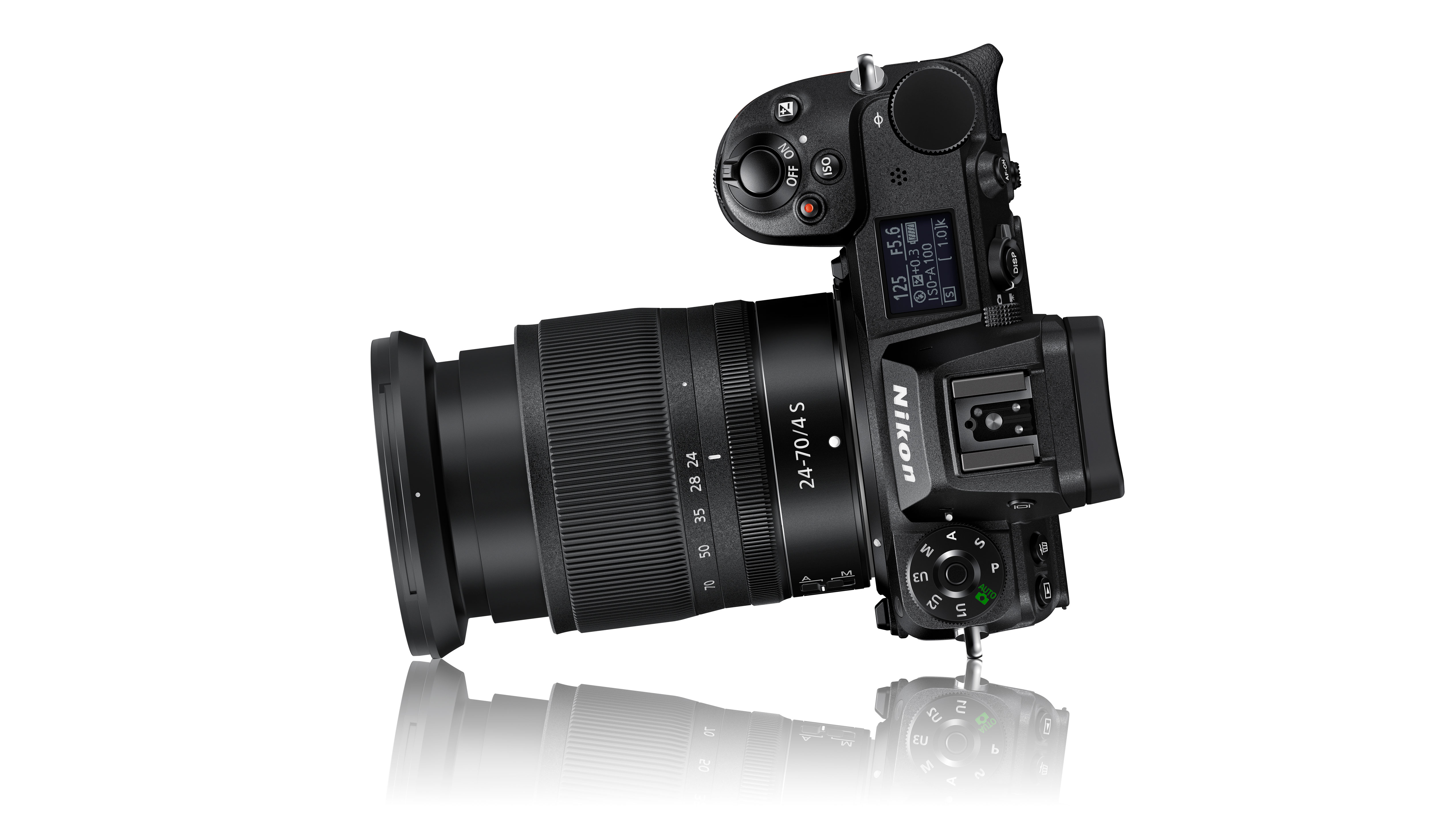
4. Nikon Z6 II
Best Nikon camera for low light
Specifications
Type: Mirrorless
Sensor: Full-frame BSI CMOS
Megapixels: 24.5MP AF Points: 273
AF type:: Hybrid
AF sensitivity: -4.5EV
Stabilization: 5-axis in-body sensor shift, 5 stops compensation (with Z mount lenses)
ISO range: 100-51200 (50-204800 extended)
Remote app: Yes
Reasons to buy
+Great all rounder +Fantastic handling +Good value for money
Reasons to avoid
-Fairly light refresh of the predecessor -Z lenses still fairly expensive
Here's another model which is a great all-rounder that puts in a good performance in a number of conditions, including low light. The Nikon Z6 II uses a lower resolution sensor than its more advanced stablemate (the Nikon Z7 II), which suits low-light shooting well. It's also got a decent autofocusing system which is sensitive down to -4.5EV - that's not quite as good as some of the others on the list, but this camera is also more modestly priced than some.
You get a very good ISO range and image stabilisation is built into the body so handheld shooting in low light conditions is pretty good here.
Handling is also excellent, while the screen and viewfinder combination are a pleasure to use. There are two notable criticisms with the Z6 II - the first is that it's not a huge advancement over its own predecessor, and the second is that compatible Nikon Z-mount lenses - especially wide aperture prime lenses - are still a little on the expensive side. Still, if budget is tight you could save some decent cash by plumping for the older model.
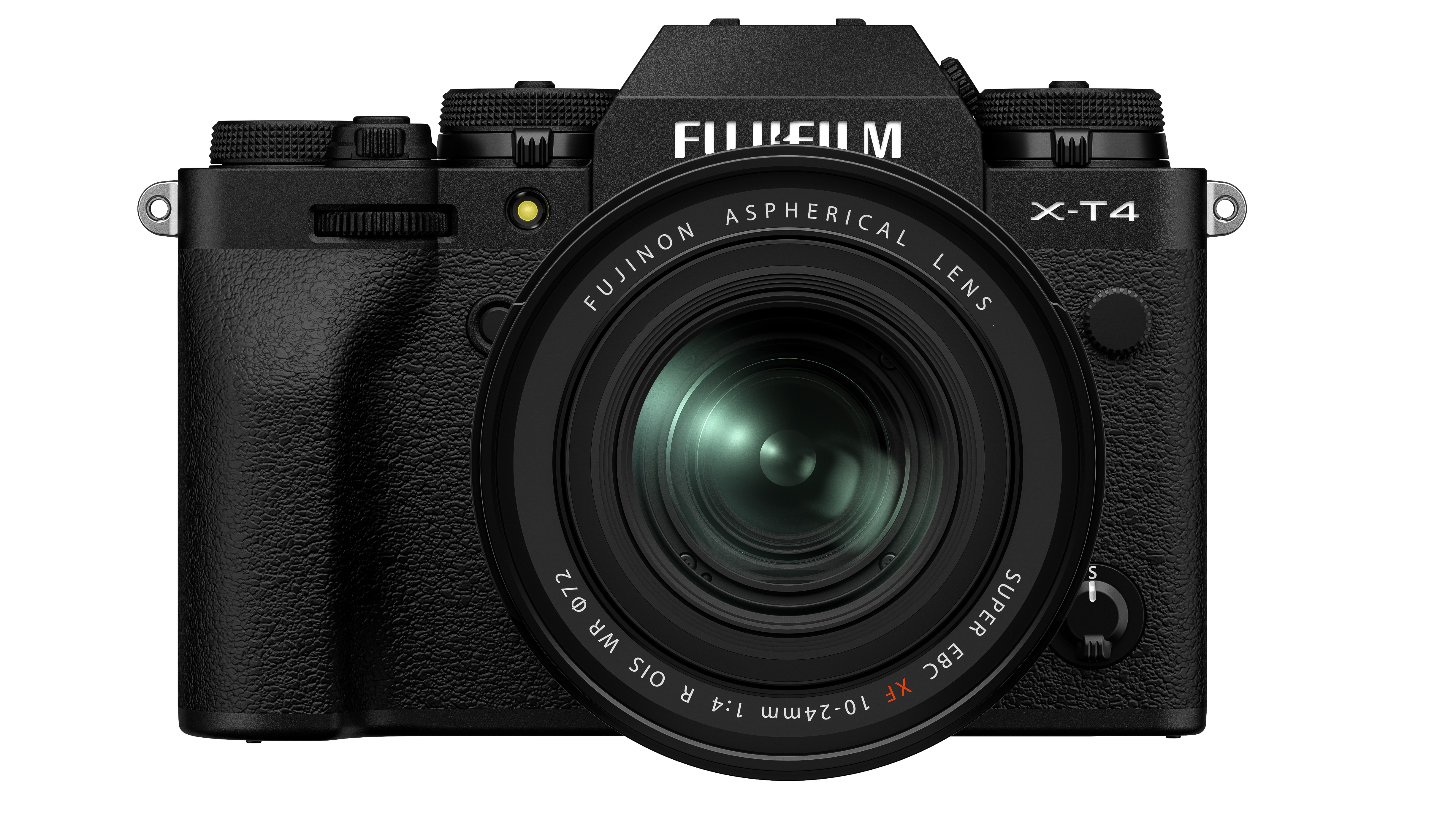
Best APS-C camera for low light
Specifications
Type: Mirrorless
Sensor: APS-C X-Trans CMOS 4
Megapixels: 26.1 AF Points: 425
AF type: Intelligent Hybrid
AF sensitivity: -3EV (contrast detection) -7EV (phase detection with XF50mm f/1.0 lens)
Stabilization: 5-axis in-body sensor shift, 6.5 stops compensation
ISO range: 160 - 12800 (80-51200 extended)
Remote app: Yes
Reasons to buy
+Good all-rounder +Fantastic image stabilisation +Excellent design
Reasons to avoid
-Smaller sensor than others on list
There's not a huge amount to dislike about the Fujifilm X-T4. This flagship model is a great option for anybody looking for a good all-rounder who happens to shoot a decent amount of low light.
It would be easy to be put off by the smaller than full-frame sensor, but by using APS-C, Fujifilm keeps the overall body size down and provides a good compromise between image quality and usability. Besides, with such an impressive in-body stabilisation system, you can really push the sensor to deliver results which are easily comparable with similarly priced full-frame models.
AF performance is good here, and although the headline grab is that it's sensitive down to -7EV, that's only with the stunningly impressive Fujinon 50mm f/1.0. If you don't also have that, it's a more modest, but still respectable -3EV.

Best low-light camera for professional photographers
Specifications
Type: Mirrorless
Sensor: Full-frame stacked CMOS
Megapixels: 24.2 AF Points: 693 (phase detection), 425 (contrast detection)
AF type:: Hybrid
AF sensitivity: -3EV
Stabilization: 5-axis in-body sensor shift, 5.5 stops compensation
ISO range: 100 - 25600 (50-204800 extended)
Remote app: Yes
Reasons to buy
+Superb autofocus +Great image stabilization +Well suited to lots of different subjects
Reasons to avoid
-Very expensive -Overkill for most
A professional-level camera is probably going to be complete overkill for most enthusiast photographers, but if you want the best of the best and have the budget to spend, the Sony A9 II really is a fantastic option.
Arguably targeted primarily towards action and sports photographers, given that a lot of those subjects take place in dimly-lit environments, you can see why Sony has equipped the camera with decent low-light prowess.
It's got a very well performing image stabilisation system, while the modest pixel count on the full-frame sensor makes it good for capturing as much light as possible. The AF is incredible, and although it's only sensitive down to -3EV, that should still be enough for most scenarios.
The major downside here is of course price. A professional camera commands a professional price tag. If you're keen to get in on the action, try looking at the camera's predecessor (the Sony A9) for a hefty saving.

Best DSLR for low light
Specifications
Type: DSLR
Sensor: Full-frame CMOS
Megapixels: 45.7 AF Points: 153 (including 99 cross-type)
AF type:: Phase detection
AF sensitivity: -4EV
Stabilization: Lens stabilisation only
ISO range: 64 - 25600 (32-102400 extended)
Remote app: Yes
Reasons to buy
+Traditional handling +Fantastic all rounder +Great autofocusing
Reasons to avoid
-Older tech -Big and bulky -No image stabilization in body
Although you'd be forgiven for thinking that mirrorless has well and truly taken over, there's still a lot to be said for DSLRs. Nikon's once class-leading D850 has now dramatically reduced in price, making it a bit of a bargain in comparison to some of those featured here.
We've been saying all the way through this piece that high resolution is no friend to low light photography, but here's one camera that provides the exception to the rule.
With its high resolution sensor it makes for a good all rounder, while still putting in a good low-light performance thanks to a fast and sensitive AF system and a good expandable ISO range.
Many will prefer the handling of a DSLR compared to mirrorless, while the lens range for DSLRs is still yet to be rivaled by their mirrorless counterparts. The big downside here is that there is no image stabilisation in the body, so you'll be relying on image stabilized lenses for handheld shooting.
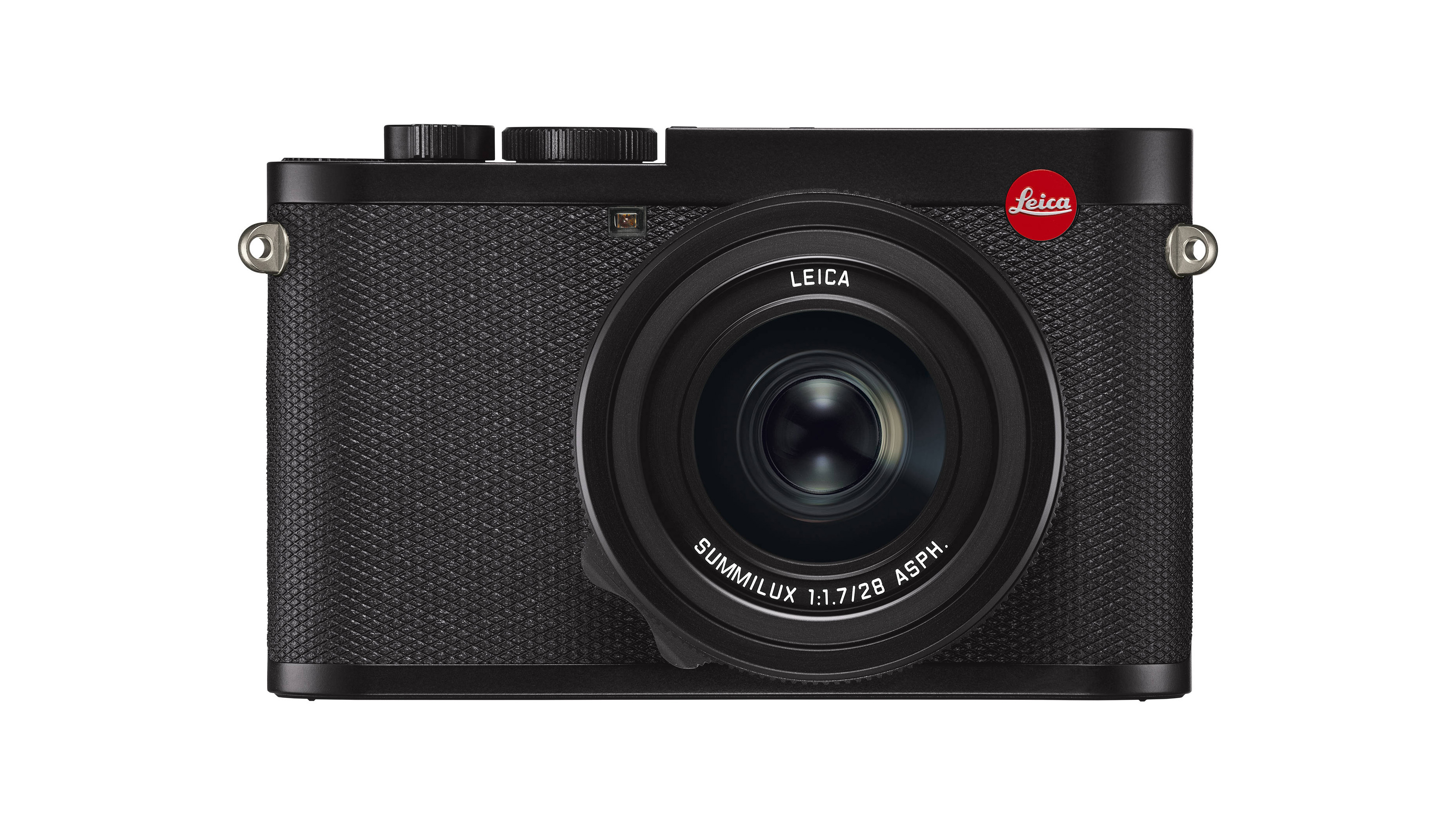
8. Leica Q2
Best premium compact camera for low light
Specifications
Type: Compact
Sensor: Full-frame CMOS
Megapixels: 47.3MP
Lens: Fixed 28mm f/1.7 AF Points: 225
AF type: Contrast Detect
AF sensitivity: Not stated
Stabilization: Optical compensation
ISO range: 50 - 50000
Remote app: Yes
Reasons to buy
+Small and light +Great for street photography +Superb lens
Reasons to avoid
-Very high price -Inflexible thanks to fixed lens
The next few models are included on our list with some strong caveats, starting with the Leica Q2.
Although there are undoubtedly better cameras on our list for low light photography, this camera will suit a certain type of photographer shooting low light in certain conditions - namely street and documentary style photography.
With a full-frame sensor in a small, light and unobtrusive body, you can flit between the shadows without drawing too much attention to yourself to bag shots that somebody wielding a much larger camera might not be able to do.
The wide aperture lens means you shouldn't have to shoot at super high ISOs, while it's also stabilized for extra performance when shooting handheld. It produces beautifully sharp images and is a perfect focal length for street work.
There's lots to absolutely love about this camera - it is a Leica after all. However, the price - especially for what is rather a niche camera - will be too much to bear for some.
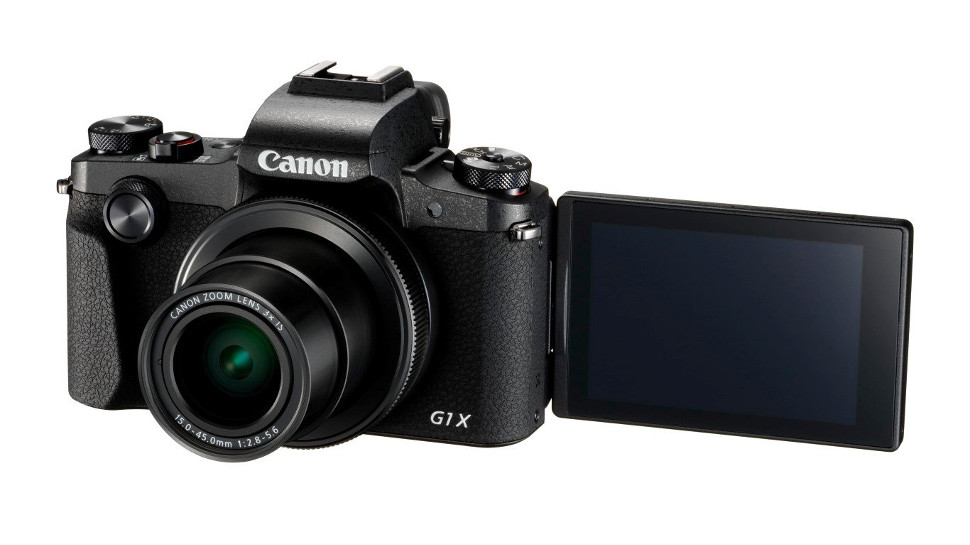
Best low light camera for travel
Specifications
Type: Compact
Sensor: APS-C CMOS
Megapixels: 24.2
Lens: 24-72mm (equivalent) f/2.8-5.6 AF Points: 49
AF type:: Dual Pixel CMOS AF
AF sensitivity: Not stated
Stabilization: Lens-shift type, 4 stop stabilisation
ISO range: 100 - 12800 (25600 extended)
Remote app: Yes
Reasons to buy
+DSLR sized sensor in compact body +Zoom lens +Fully articulating screen
Reasons to avoid
-Narrow maximum aperture -An old model -Limited battery life
If you're looking for a great travel-friendly compact camera that will surely beat your smartphone in low light conditions, then the Canon G1X Mark III could be the one for you.
Canon impressively included a DSLR-sized sensor in this (almost) pocketable device, so you've got a lovely big APS-C sized sensor perfectly primed for gathering light in dim conditions. It's a shame that the 3x optical zoom lens has a maximum aperture of f/2.8, otherwise this could have been pushed even further.
Now showing its age, the G1X range hasn't been upgraded since the Mark III. It's unlikely to be anybody's primary camera, but for keeping size to a minimum but still having a decent degree of flexibility, it's certainly a contender.

Best underwater camera for low light
Specifications
Type: Compact
Sensor: 1/2.33-inch CMOS
Megapixels: 12
Lens: 25-100mm (equivalent) f/2.0-4.9 AF Points: 25
AF type: Contrast Detection
Stabilization: Sensor Shift
ISO range: 100-12800
Remote app: Yes
Reasons to buy
+Tough +Waterproof +Wide aperture sensor
Reasons to avoid
-Very small sensor -Not suitable as an all-round camera
This neat little compact camera has been included for a niche reason. If you're somebody who likes to shoot underwater from time to time, you'll already be aware that light is limited the further down you go.
For that reason, the TG-6 has some great low-light credentials for an underwater camera that sees it outperform some of its direct rivals. It has modest resolution on albeit a small sensor, with an accompanying f/2 lens which should let plenty of light in.
Combined with a decent 100-12800 ISO range, this is a camera that performs admirably well in challenging lighting conditions, with it even shooting in raw format to help you claw back any missing detail in your underwater shots.
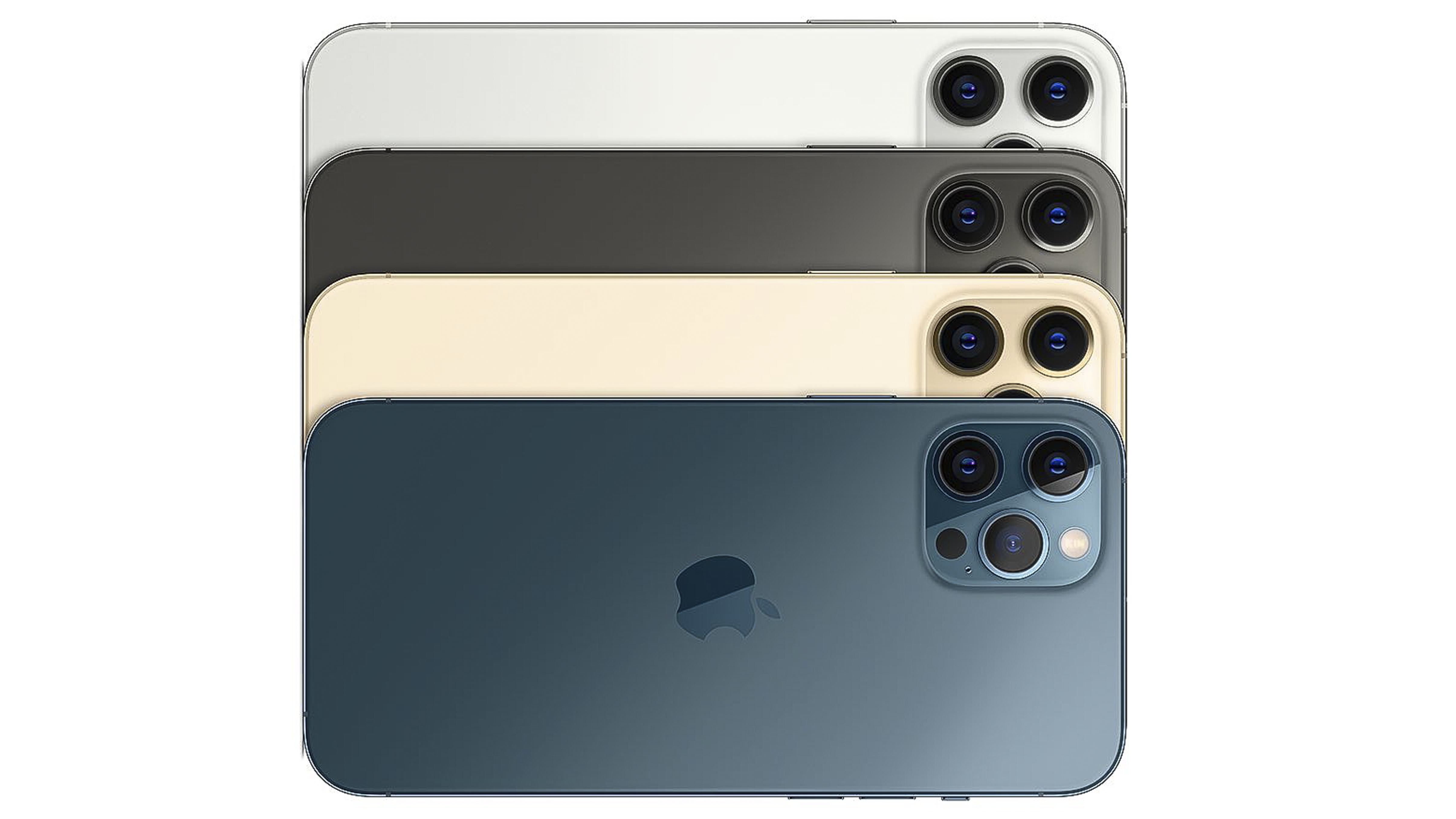
Best ever iPhone for low light photography
Specifications
Type: Smartphone
Cameras: 3 x 12MP Sensors
Lenses:: 13mm f/2.4, 26mm f/1.6 & 65mm f/2.2 (equivalent)
Stabilization: Sensor shift OIS (main camera), OIS (tele), No IS (ultra wide)
Reasons to buy
+3 well-performing lenses +Can shoot in raw format +Excellent Night mode
Reasons to avoid
-No "pro" mode
Smartphone manufacturers have put a lot of know-how into perfecting their low light offerings, and that's particularly the case for the best iPhones. We're now a couple of generations along from the first Night mode, and each one seems to outdo the last.
Night mode works by shooting a set of short exposures and then merging them together for the best detail and light gathering capabilities. Although many smartphones offer some variation on this setup on the current market, Apple does it extremely well and repeatedly so.
On top of that, there's also a set of other useful features that also boost the phone's low-light prowess. The large main sensor, coupled with an f/1.6 lens means it works well in dim conditions even when shooting outside of the Night mode. There's also sensor shift OIS to help keep things as steady as possible, too.
The possibility to shoot in raw format means you can really manipulate files to get the most from them, but it remains disappointing that Apple doesn't offer a "pro" or "advanced" shooting mode for its enthusiast users.
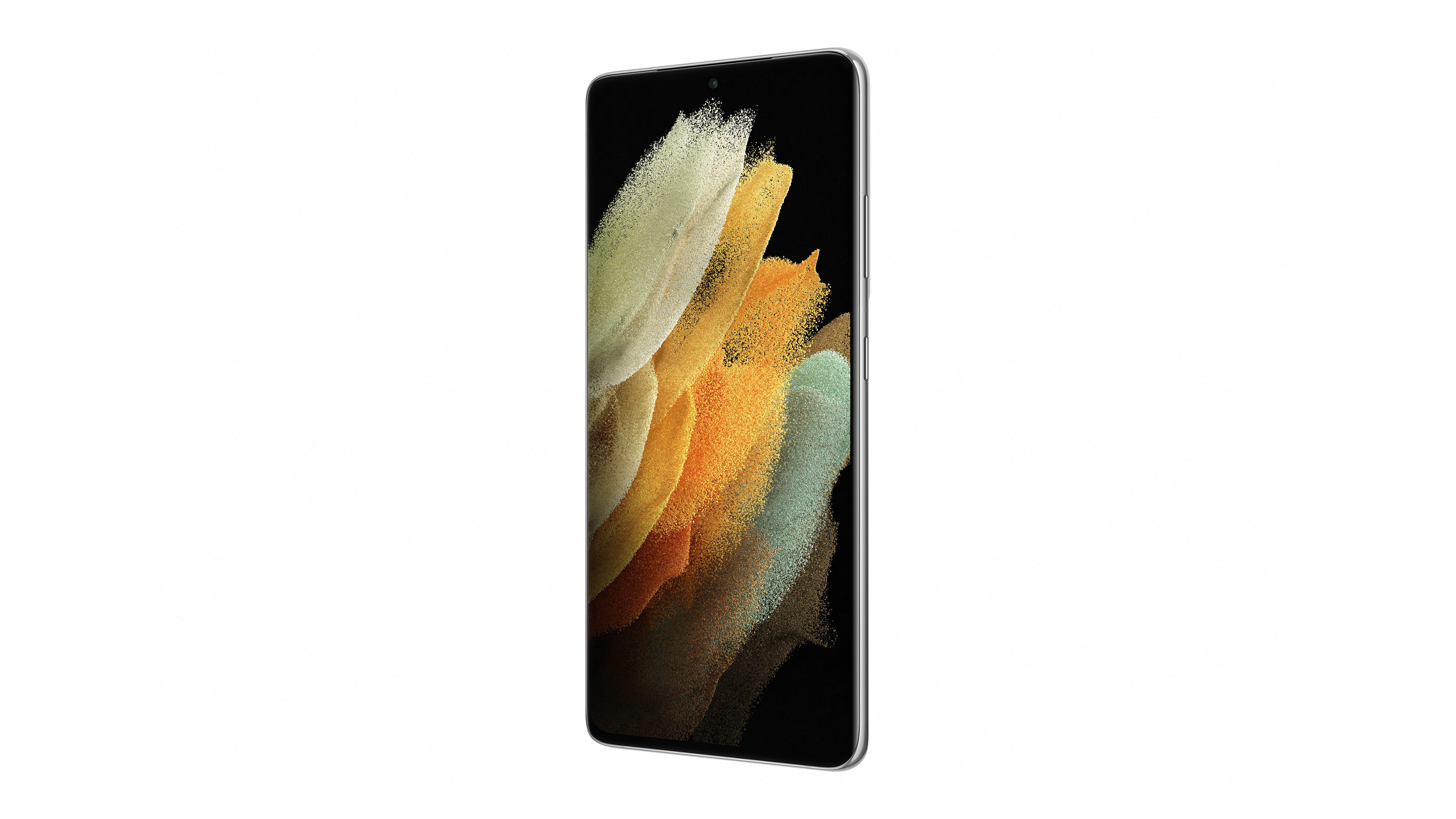
Best smartphone for low light
Specifications
Type: Smartphone
Cameras: 4 - 108M, 12MP, 10MP & 10MP
Lenses: 13mm f/2.2, 26mm f/1.8, 70mm f/2.4 & 240mm f/4.9 (equivalent)
Stabilization: OIS (main & 2 x tele camera); No IS (ultra wide)
Reasons to buy
+Impressive range of built-in lenses +108 megapixel main camera +Pro shooting mode
Reasons to avoid
-No image stabilization on wide lens
Although lots of smartphones are adept at low light shooting, if we have to pick one out winner, it would be the Samsung S21 Ultra.
This flexible smartphone gives you four different lenses to choose from, with the main sensor boasting a very high megapixel count, larger than average sensor, wide aperture lens and optical image stabilization.
It also has a well-performing night mode which produces impressive imagery, particularly with the main and first telephoto lens. One of the big reasons why the Samsung just about edges it over the iPhone is because of its much more flexible native camera app. You can take full control over a range of specifications in the Pro mode, as well as shooting in raw format if you want to.
Read more
Best camera for astrophotography
Best camera for weddings and event photography
The best tripods
The best camera remotes
Related articles
Best Compact Camera For Low Light
Source: https://www.digitalcameraworld.com/buying-guides/best-low-light-camera
Posted by: morrisondervants71.blogspot.com


0 Response to "Best Compact Camera For Low Light"
Post a Comment